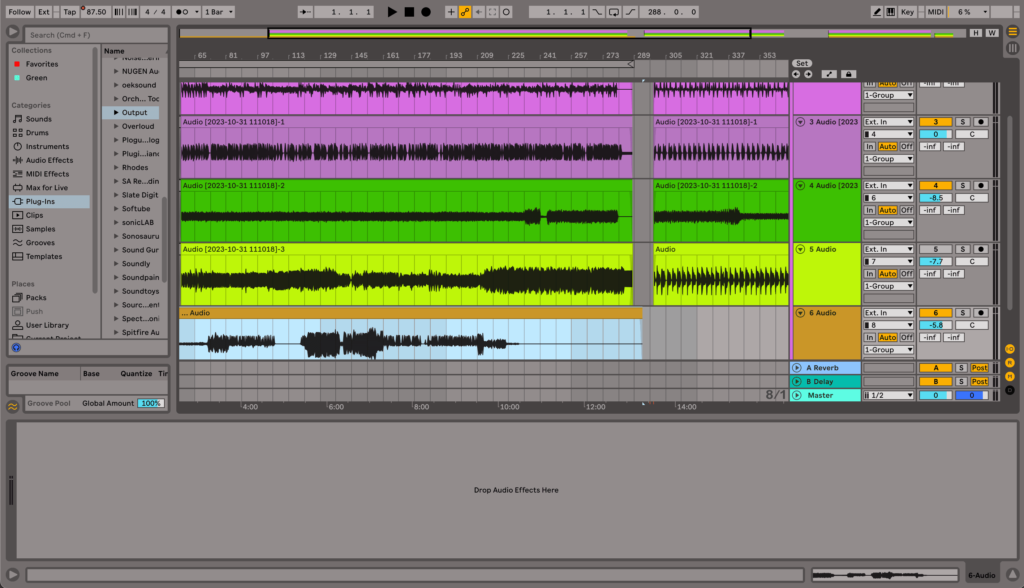In the world of music production, the mixing stage is where the magic happens—it’s where a track moves from a collection of individual elements to a cohesive, polished song. But mixing can be a challenging process, often laden with pitfalls that can make even the most vibrant recordings turn into a muddy, indistinct mess. The secret to a smoother mixing process? It all begins with thoughtful arrangement.
The Foundation: Understanding the Frequency Spectrum
Before diving into the arrangement, it’s crucial to have a grasp of the frequency spectrum. Imagine it as a multi-lane highway where each instrument is a vehicle. If too many vehicles occupy one lane, there’s bound to be congestion. Similarly, when too many instruments fight for the same frequency space, the mix becomes crowded and incoherent.
Arrangement: The Key to a Clean Mix
A well-arranged song takes into account the frequency space each instrument occupies. The goal is to ensure that no two elements compete for the same sonic territory more than necessary. This separation allows each instrument to be heard clearly, making the mixing process more manageable and yielding a louder, more defined final product.
Step 1: Composition and Selection
The process starts at the composition stage. Be selective about the instruments you include. Ask yourself whether each element adds to the song’s narrative. If two instruments serve the same purpose, consider eliminating one or altering its octave or timing to create a complimentary interplay rather than a competition.
Step 2: Harmonic Spacing
When you have chords, whether played by synths, strings, or guitars, pay attention to the voicings. Spread your chords out, giving each note of the chord its own space. This separation ensures that the harmonies support rather than swamp your mix.
Step 3: Rhythmic Arrangement
In your rhythmic arrangement, avoid having too many percussive elements hitting at the same time. Space out kicks, snares, and hi-hats to groove with each other, not over each other. This doesn’t just apply to drums; any rhythmic element in your arrangement should be placed carefully to ensure it’s not stepping on the toes of another.
Step 4: Dynamics and Automation
Dynamics play a critical role in keeping your mix clear. Not every element should be upfront at all times. Automate levels and use tools like side-chain compression to duck certain elements behind more important ones, like the vocals during a chorus.
Mixing: A Simpler Task With a Clear Arrangement
When you start with a clear arrangement, mixing is more about enhancing than fixing. You’ll find that EQ cuts will be more subtle, reverb can be applied more judiciously, and compression won’t have to work overtime.
EQing With Purpose
With a well-arranged track, EQ becomes a precision tool rather than a blunt instrument. Instead of making broad cuts to carve out space, you’re gently shaping the sound to enhance its place in the mix.
Strategic Compression
Compression is used to manage dynamics within your mix, but with a clear arrangement, you won’t need to squash the life out of a track to make it fit. Instead, use compression to add punch and presence without destroying dynamic range.
Reverb and Effects
Reverb can quickly clutter a mix if overused. A spacious arrangement means you can apply reverb to add depth and space without losing definition.
In Conclusion
Taking more care in the arrangement is like tidying up your house before a party. It ensures that when your guests arrive (or when you start mixing), everything is already in its right place, making the subsequent tasks far easier and more enjoyable. By giving every element of your mix its own space in the arrangement phase, you pave the way for a louder, clearer, and more impactful final track.

